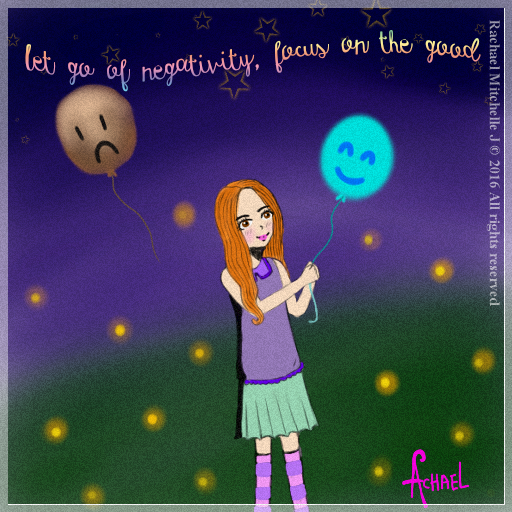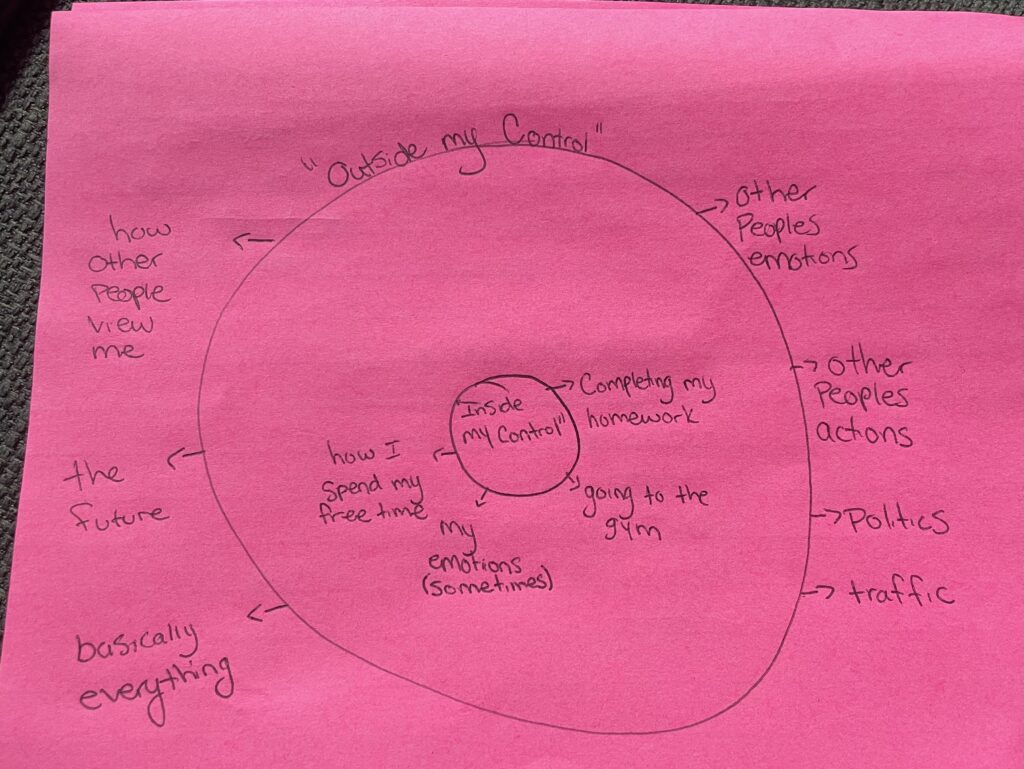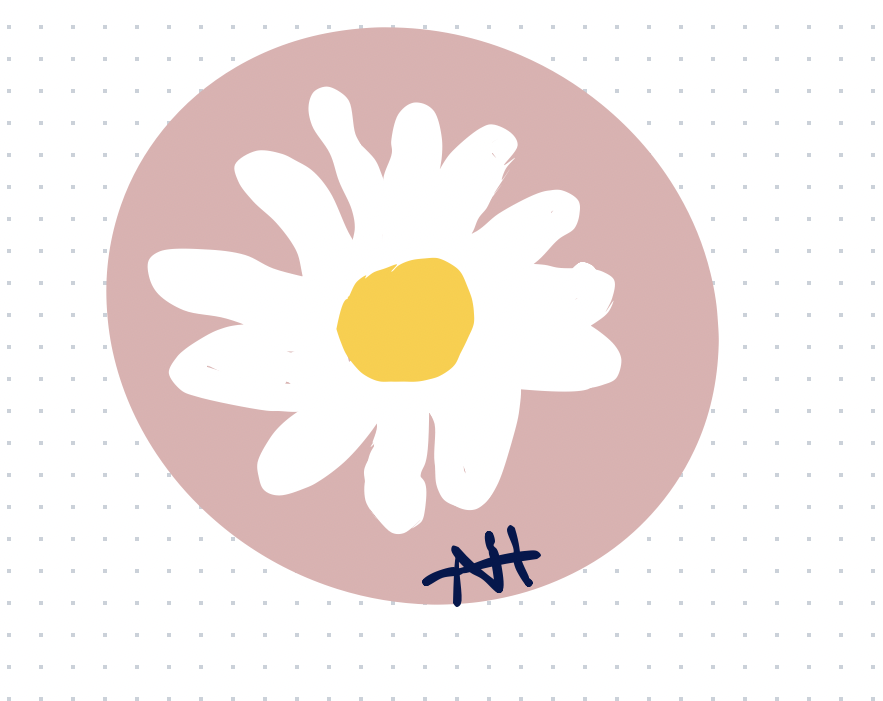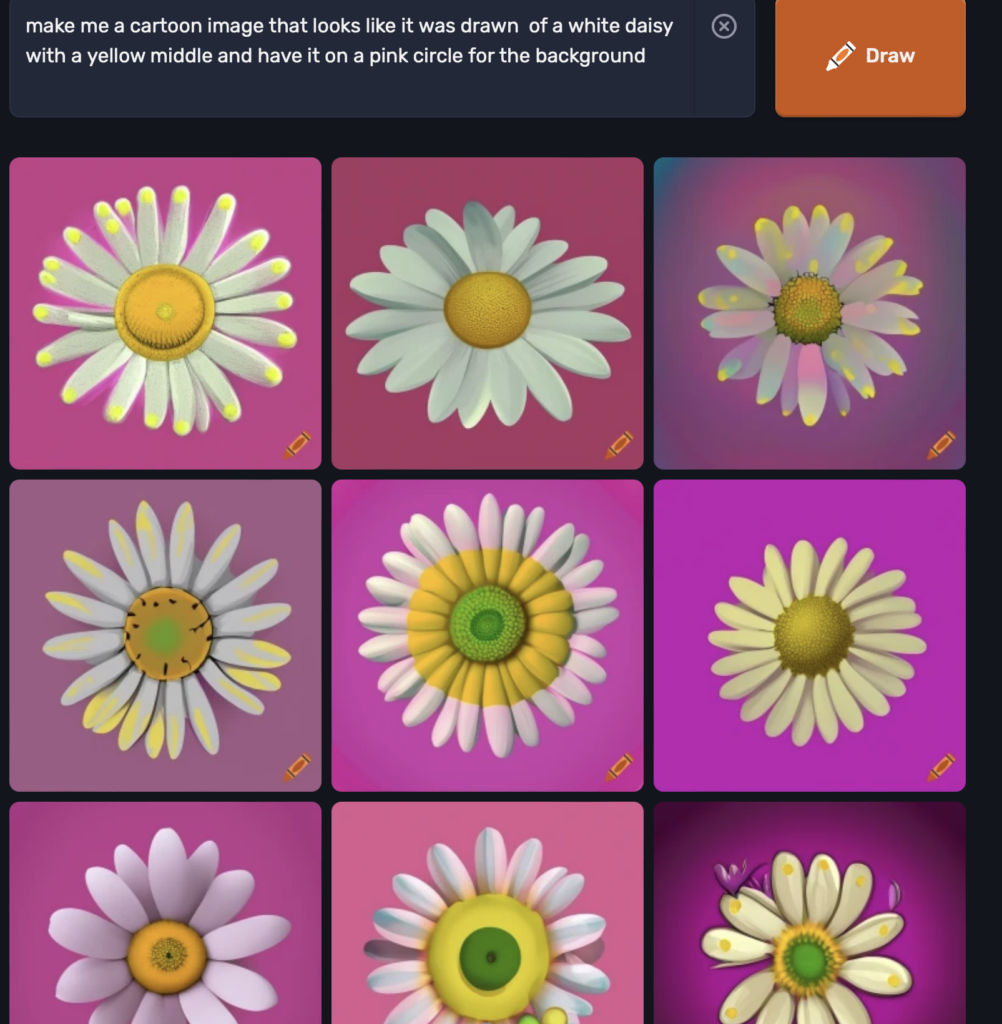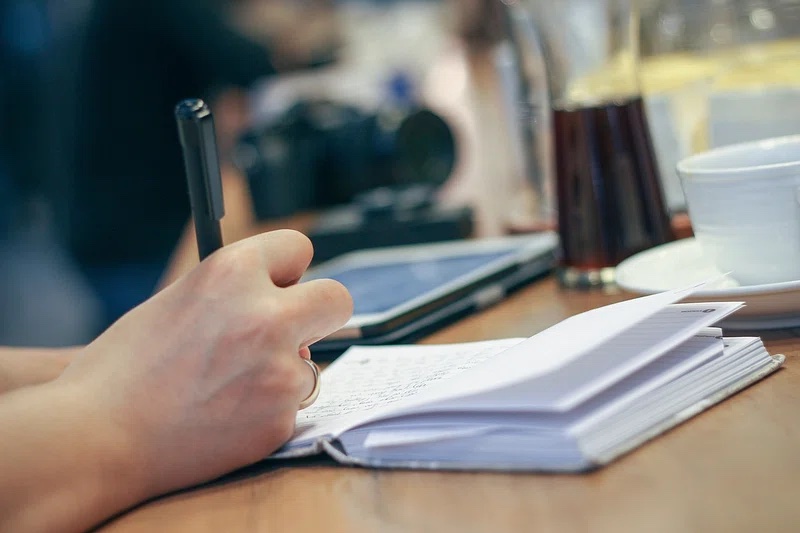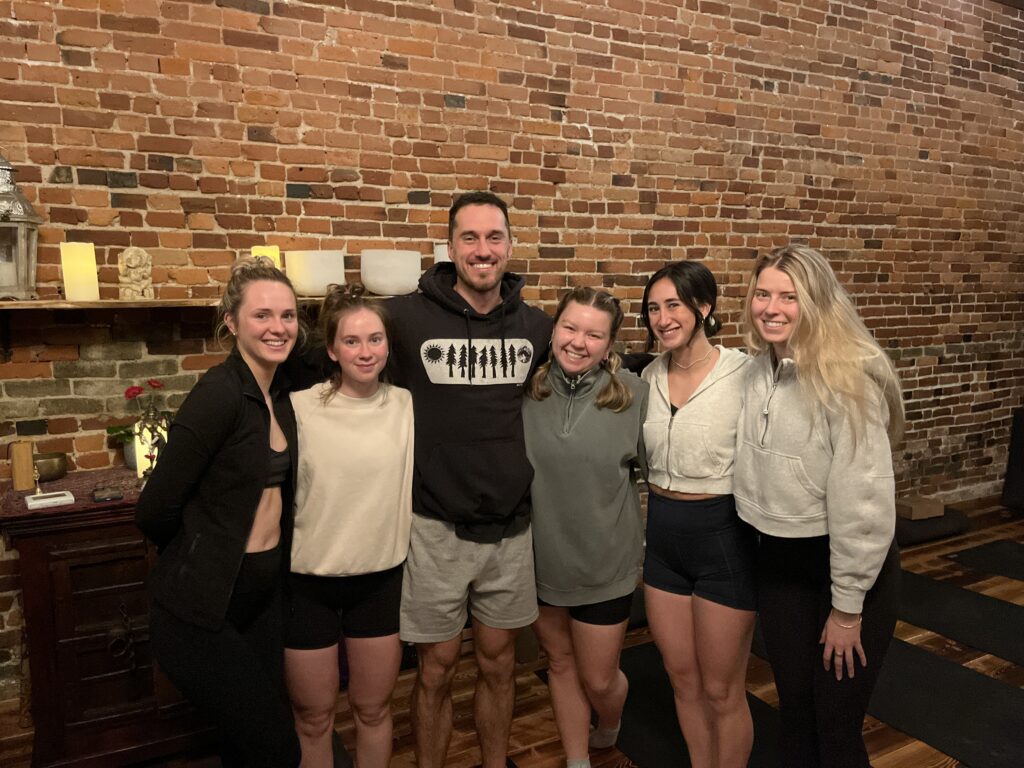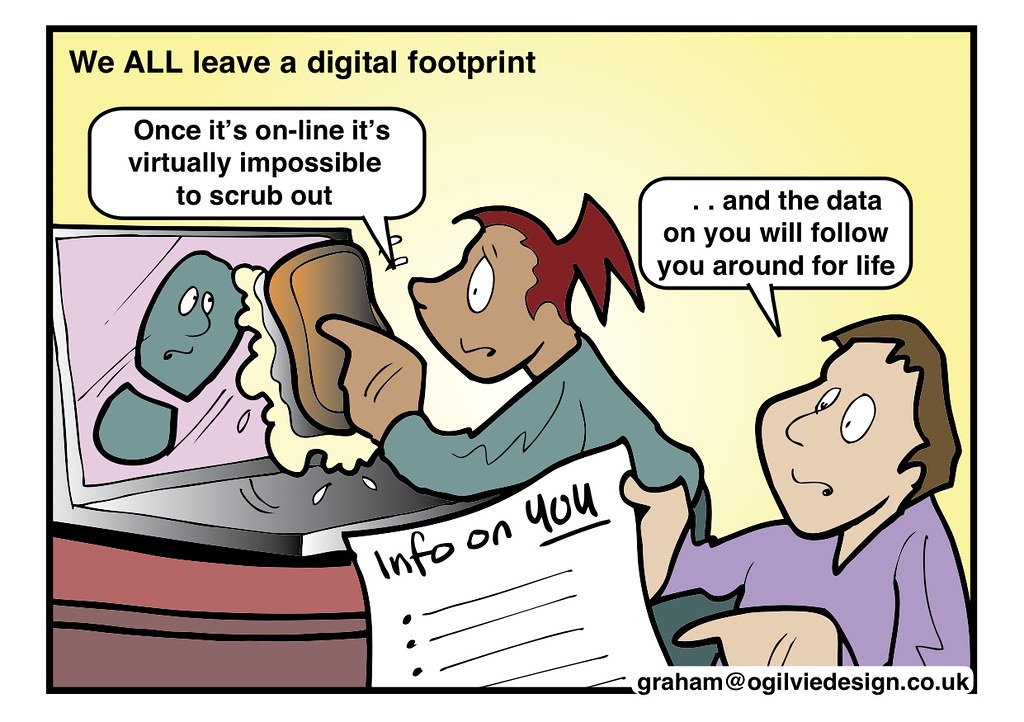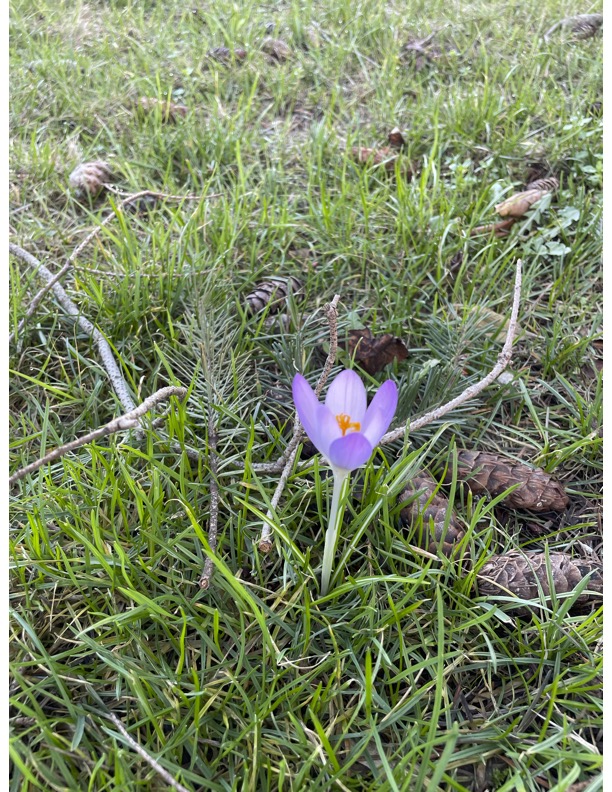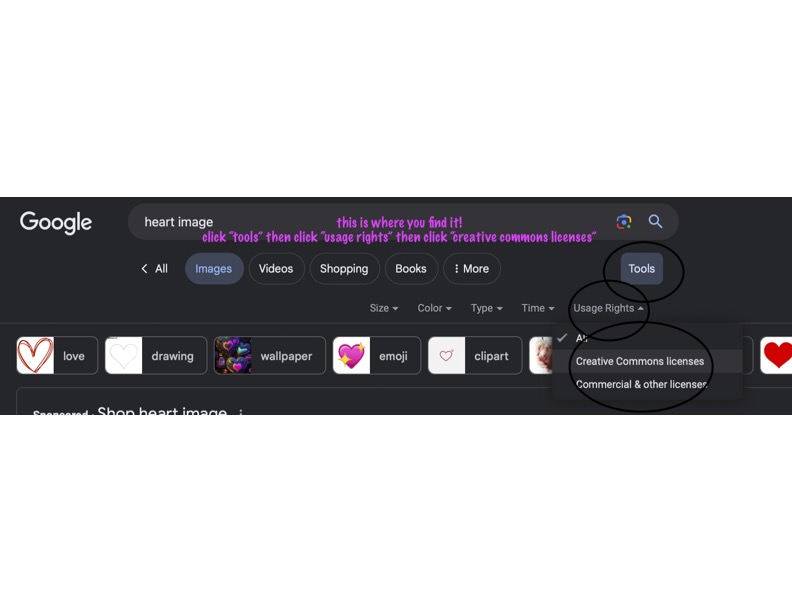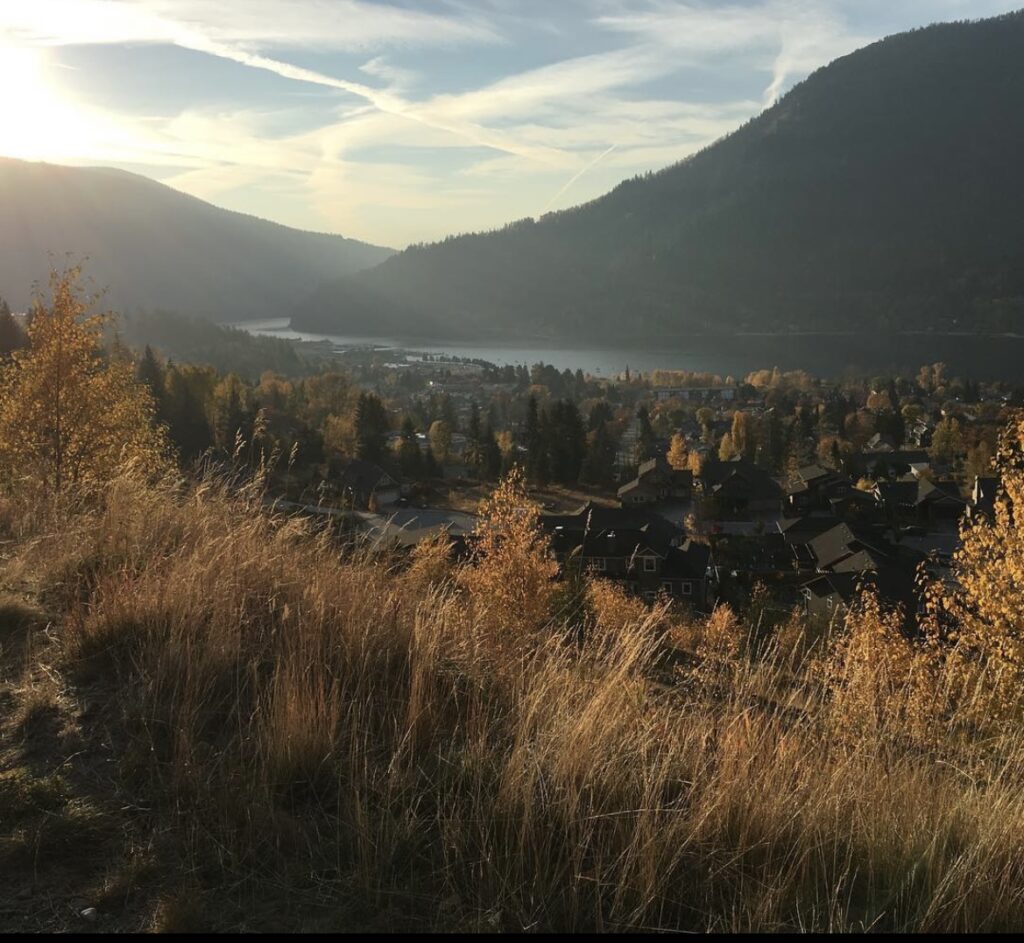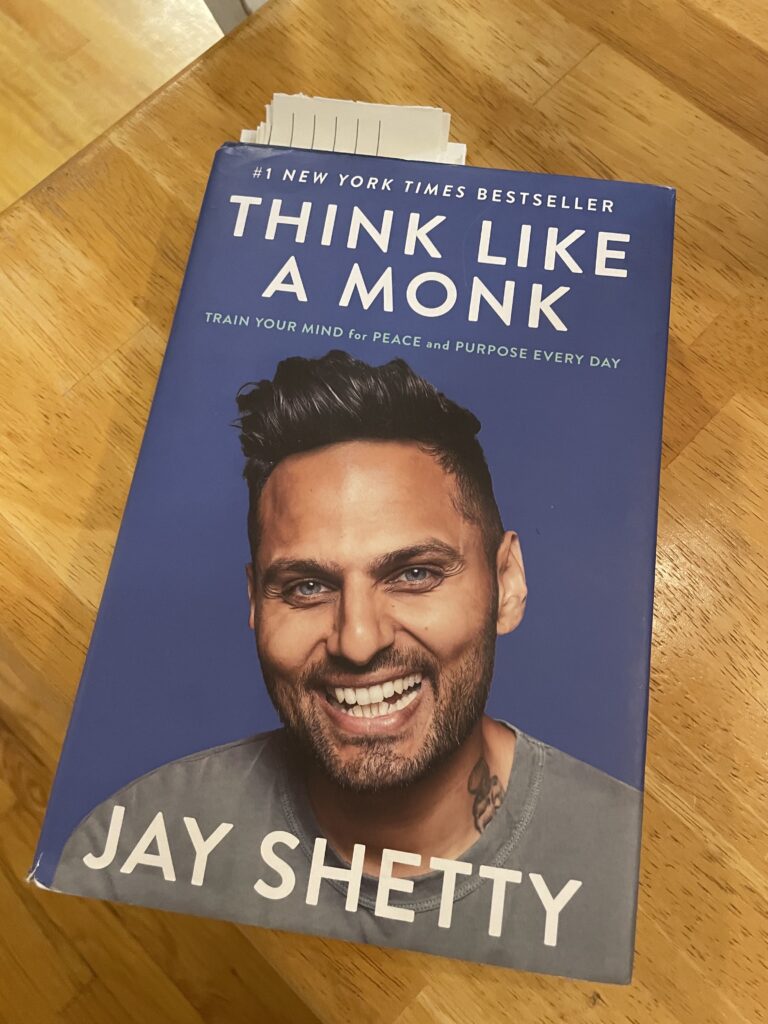This week I would like to talk about how I am going to bring inquiry/inclusion into the classroom. After Simone Littledale’s (VISII Principal) presentation, I learned so many new things that both me and my classmates can take a lot from. The idea of inquiry in a classroom was never something I grew up with, and was introduced to me during this program. Because it is so new to me, it seems a bit foreign and scary to introduce into the traditional school system. Simone helped to make the idea of inquiry in the classroom more achievable and less scary. One thing that confused me about inquiry was how it looks/plays out in the classroom. Simone mentioned that when doing inquiry, you can’t go full steam ahead because the students will burn out if you do. Instead they need to pace themselves and there should always be options to do other things that replenish the students such as drawing, painting, or doing yoga. After hearing this it cleared up alot of my doubts about inquiry and how the students move through the process.
One aspect of inquiry that really caught my interest was the benefits of it. Simone talked about how content and learning is often covered by peers. Students are so interested in certain topics in our world that they often just teach their classmates information, and I love that aspect of inquiry learning. Simone also talked about fostering inclusion in the classroom by incorporating things such as; designated quiet spaces, frequent body breaks, access to snacks and fidgets and by having no requirements to sitting in chairs, instead they can sit in the floor or on pillows. Simone also suggested that fostering inclusion can occur when you having regular conversations around diversity, having a flexible learning space and also having a social/emotional and mental health focus and telling students that it’s ok if you are feeling off. All of these things I have talked about are the ways that I can bring inquiry/inclusion into the traditional school system to encourage a better classroom environment.
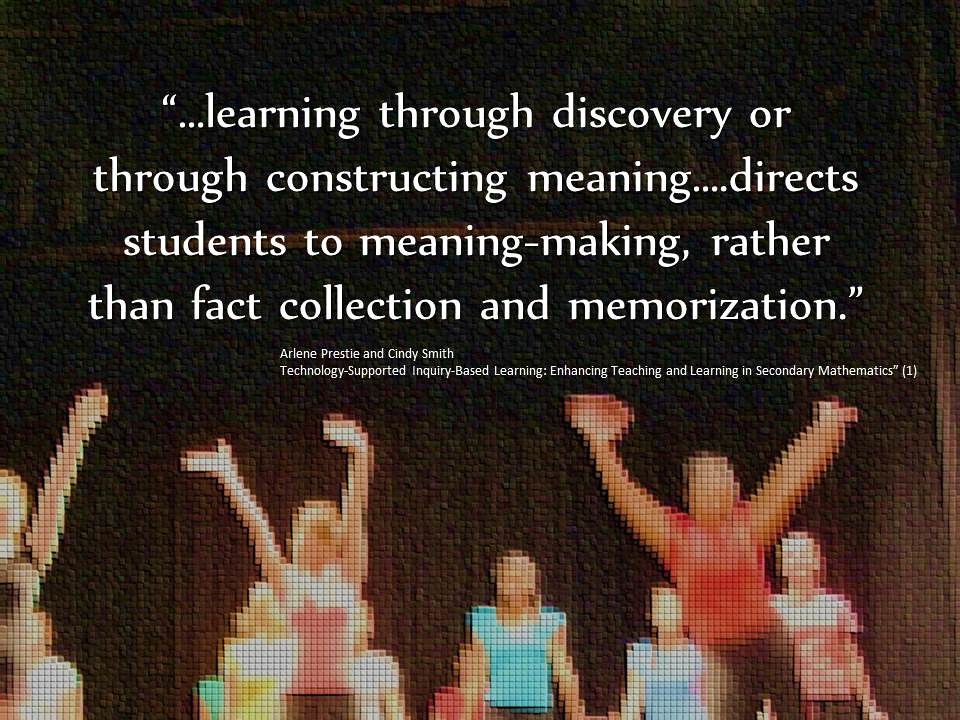
Photo by Ken Whytock on Flickr, “Benefits of learning through discovery” licensed under CC BY-NC 2.0
During our class break, a couple classmates and I were talking about how we really enjoyed Simone’s talk, and we would love to incorporate more inquiry into our practicum’s coming up in a couple weeks and also for our future classrooms. We decided that we would love to see VISII in action and plan on going for a visit in 2 weeks to learn even more about inquiry!
To do further research on inquiry, I hopped over to my friend Milana’s blog page because I know she has been doing research on inquiry in the classroom. I looked at one of the articles she hyperlinked in her blog, and I decided to take a look! In this article it talked about how to bring authentic inquiry into the classroom. You can do this by designing authentic experiences for students to explore, swapping out more teacher-led lessons for student-led lessons and building in time for reflection at the end of every lesson. These are just a few, and I would suggest taking a look at this article, it sure helped me!
I would like to end this blog post with a question to my fellow classmates as to if they too were nervous about incorporating inquiry into the classroom and how they feel about it now?
